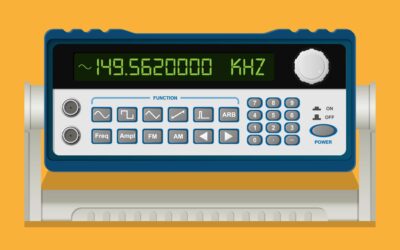Five Benefits of High Directional Gain Antennas

High directional gain antennas are designed for precision, security, and range. They are known for their performance and signal improvements, which is a considerable advantage to consider. This capacity is summarized and explained in the list below.
Overview of High Directional Gain Antennas
High directional gain antennas offer a high degree of functionality and security in comparison to other signal transmission systems. These antennas feature a narrow radio beam, and this results in an improvement in the signal’s strength. They are frequently used in long-range networks for wireless service for this reason. In addition, they have the capacity to amplify existing satellite signals, which makes them popular for use in remote areas.
Although there are a variety of benefits in using high directional gain antennas, here are the top five highlighted features to consider:
- Market share advantage- High directional gain antennas have a reputation of representing the best antennas on the market. The advantages of using a system with this degree of public confidence is considerable when third parties are evaluating the system.
- Precision- Whenever precision is an important consideration, a high directional gain antenna will out-perform many other antennas. They offer a narrow beam, which translates into a higher level of signal strength. Since this has applications for space travel, it certainly has advantages on the terrestrial plane as well. This is especially true for use in large regions where there are many large and spacious geographical areas.
- Signal strength- The total output of the high directional gain antenna is considerably higher than many other antennas. The total signal output can be as high as 100 times the strength of other types of antennas. The power of the transmitter is typically higher than the receiver, which offers a signal boost at the endpoint.
- Distance- Various other antennas might offer comparable strength without being able to transmit signals to a comparable distance as the high directional gain antenna. There is less interference from the various sources that can inhibit the signal path of an omnidirectional antenna, for example.
- Energy conservation- Directional gain offers a considerable advantage in terms of energy. The basic pathway is shorter, which means that less energy is used. This is accomplished by bypassing the intermediary node from a distance that is expressed as point A to point C. This effectively reduces the overall costs involved in transmitting signals over long distances.
Summary
There are security advantages that should also be mentioned. The prevalence of wormhole attacks is possible because of structural elements of the design of the transmission system. These attacks are undermined when using the HDGA system because nodes only get signals intended for them to receive. False neighbor signals are automatically rejected.
The high directional gain antenna system offers significant improvements on previous transmission technologies. The ability of the antenna to direct the radiated power to a receiver is at the core of this system design. These antennas are therefore in demand for their capacity to deliver stronger signals over longer distances while conserving energy.
Recent Posts
- Integrating Low Power TV with Digital Platforms
- FCC’s New Channel Change Opportunity for Class A TV, LPTV, and TV Translator Stations
- Shedding Light on RF Radiation Hazards for Outdoor Jobs
- The Impact of Radio Frequency Radiation on Everyday Living
- RF Safety: The Silent Protector of Wireless Communication






